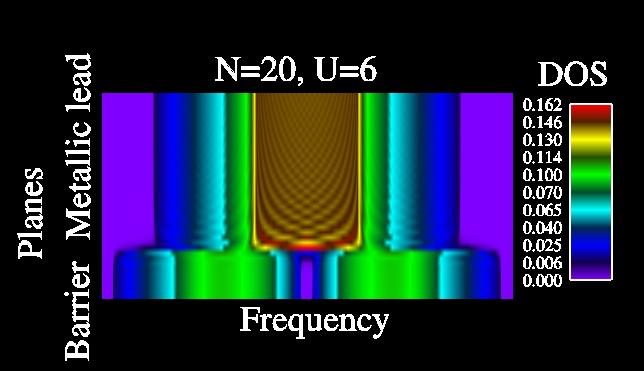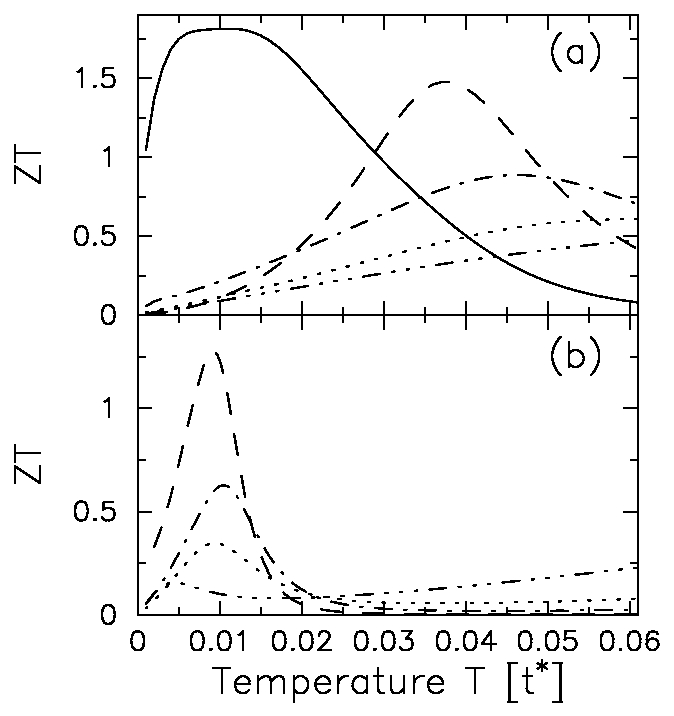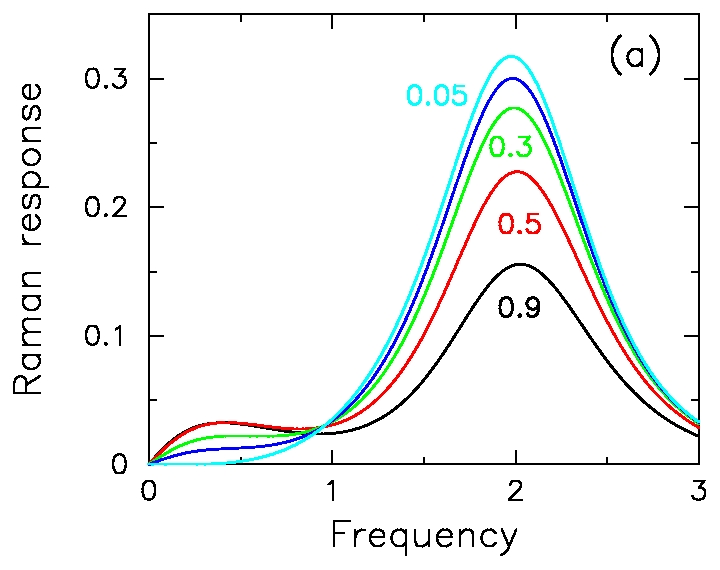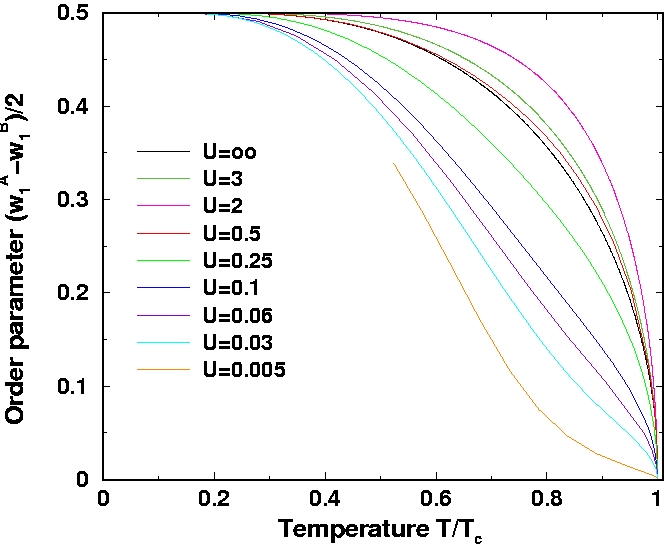Computational design and optimization of nanoscale spintronic and
thermoelectric devices (2002-2007)
This project is developing computational methods to optimize the properties of
spintronic devices and investigate new proposals for low-temperature
thermoelectric coolers. Both devices are constructed from ultrathin
layers of different materials stacked into an inhomogeneous multilayered
device, with current flowing perpendicular to the layers. The presence
of interfaces strongly modifies the bulk properties of the devices
and determines their ultimate performance. We combine density functional
theory with many-body transport to study both linear and nonlinear responses
of these devices.
Team members
 Jim Freericks (Department of Physics, Georgetown
University), Principal Investigator
Jim Freericks (Department of Physics, Georgetown
University), Principal Investigator
Prof. Freericks is an expert in transport theory for strongly correlated
systems. He employs the dynamical mean field theory to self-consistently
solve the many-body problem for inhomogeneous devices, and then determine
transport coefficients like the resistance, thermopower and thermal resistance.
He has worked in this area of research since 1992.
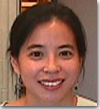 Amy Liu
(Department of Physics, Georgetown University), Co-Principal Investigator
Amy Liu
(Department of Physics, Georgetown University), Co-Principal Investigator
Prof. Liu is an expert in density functional theory, working on problems
like phonons and superconductivity, ultrahard materials, materials under
extreme pressure, and magnetism. She examines interfaces between different
materials with supercell calculations, and determines the input parameters
for the many-body transport formalism. She has worked in this field
since 1988.
 Barbara Jones (IBM, Almaden Research Center)
Co-Principal Investigator
Barbara Jones (IBM, Almaden Research Center)
Co-Principal Investigator
Dr. Jones works on spin-dependent transport and spintronics. Her current focus
is on current-induced magnetic domain-wall motion in nanopillars and her work
is often tied closely to experimental work. She is
also an expert on giant magneto resistance and the Kondo effect.
Dr.. Jones is also a member of the advisory board of the Industrial
Leadership in Physics program, which is a Ph.D. program at Georgetown
University, designed to train students who plan to work in industry after
graduation.
Other Senior Personnel
 Veljko Zlatic
(Institute of Physics, Zagreb, Croatia)
Veljko Zlatic
(Institute of Physics, Zagreb, Croatia)
Dr. Zlatic is involved with developing the many-body transport theory both
for linear and nonlinear responses. He is an expert on the Falicov-Kimball
model and on the single-impurity Anderson model. He also has spent
significant time working on the problem of thermal transport. Dr. Zlatic
visits Georgetown University for approximately one month every year, and
hosts team members in Croatia for collaborations.
Postdoctoral Fellows
Dr. Demchenko works on thermal transport problems and on the metal-insulator
transition away from particle-hole symmetry. He also works on DFT
problems ranging from nanomagnets to magnetic metal/semiconductor
interfaces. Currently at the Lawrence Berkeley Laboratory.
Dr. Turkowski is working on developing a nonequilibrium formalism for the
many-body problem and solving it for the Falicov-Kimball model.
This project forms the backbone for a nonlinear response formalism
for strongly correlated nanostructures.
Dr. Schnell is working on modeling MgB2-based Josephson junctions
with a MgO barrier. He is using DFT calculations to map onto tight-binding
calculations for transport.
Hand Zenia (2007)
Dr. Zenia is working on a two-band model for ion-damaged MgB2
Josephson junctions and on incorporating the numerical renormalization group
approach into transport across multilayers.
Graduate Students
 Simon Hale
(2006-- , Ph.D. candidate, Georgetown)
Simon Hale
(2006-- , Ph.D. candidate, Georgetown)
Simon is currently on an apprenticeship at IBM where he is working on problems
related to magnetic storage. He has also been working on trying to understand
the numerical renormalization group algorithm, and will likely apply this work
to examining thermoelectric transport in correlated materials within the
dynamical mean-field theory approach.
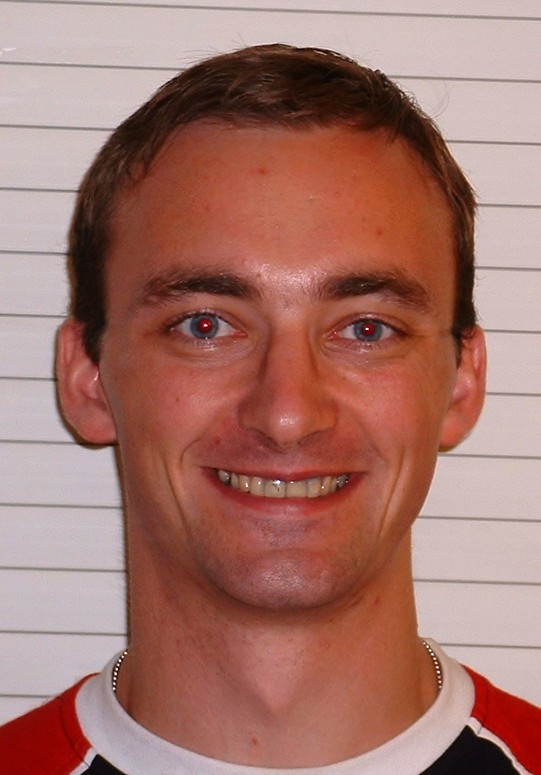 Alexander Joura
(2002-- , Ph.D. candidate, Georgetown)
Alexander Joura
(2002-- , Ph.D. candidate, Georgetown)
Sasha has worked on thermal transport problems, and
at IBM's Almaden Research Center on Kondo problems that
apply to the experimental work of Don Eigler's group. He is
currently working on steady state nonequilibrium dynamical mean-field theory.
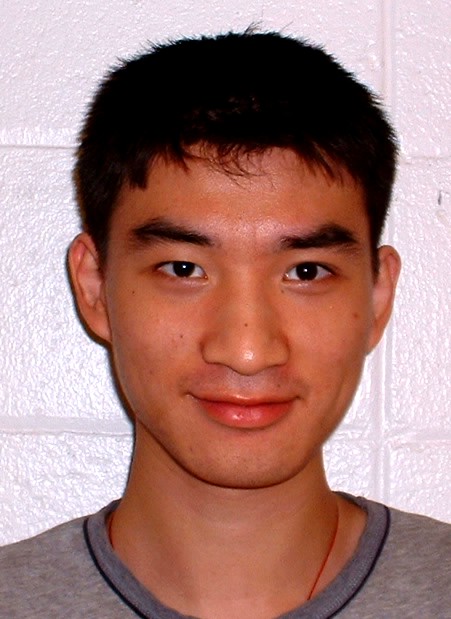 Ling Chen
(2002--2006, Ph.D. candidate, Georgetown)
Ling Chen
(2002--2006, Ph.D. candidate, Georgetown)
Ling has worked on charge-density-waves and on magnetic domain wall motion
in ferromagnetic nanostructures (while on his apprenticeship at IBM). He
has worked on electronic charge reconstruction in strongly
correlated systems. He is currently on a leave of absence from the university.
Research Results
Progress Reports
2003: Materials Theory
[highlight], NIRT grantees conference
[overview]
[highlight];
2004:
Materials Theory
[highlight], NIRT grantees conference
[overview];
2005;
2006
Broader Impacts
Related awards
DOD Capabilities Application project grant of 900,000 hours.
NASA 2006 National Leadership Computing System grant of 900,000
hours.
DOD Capabilities application project grant of 600,000 hours.
Last modified March 25, 2006.
Jim Freericks, Professor of Physics


 Jim Freericks (Department of Physics, Georgetown
University), Principal Investigator
Jim Freericks (Department of Physics, Georgetown
University), Principal Investigator Amy Liu
(Department of Physics, Georgetown University), Co-Principal Investigator
Amy Liu
(Department of Physics, Georgetown University), Co-Principal Investigator Barbara Jones (IBM, Almaden Research Center)
Co-Principal Investigator
Barbara Jones (IBM, Almaden Research Center)
Co-Principal Investigator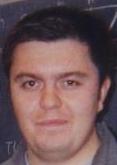 Denis Demchenko (2002--2005)
Denis Demchenko (2002--2005)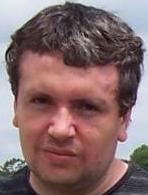 Volodmyr Turkowski
(2003--2006)
Volodmyr Turkowski
(2003--2006) Ilan Schnell
(2005--2006)
Ilan Schnell
(2005--2006) Simon Hale
(2006-- , Ph.D. candidate, Georgetown)
Simon Hale
(2006-- , Ph.D. candidate, Georgetown) Alexander Joura
(2002-- , Ph.D. candidate, Georgetown)
Alexander Joura
(2002-- , Ph.D. candidate, Georgetown) Ling Chen
(2002--2006, Ph.D. candidate, Georgetown)
Ling Chen
(2002--2006, Ph.D. candidate, Georgetown)